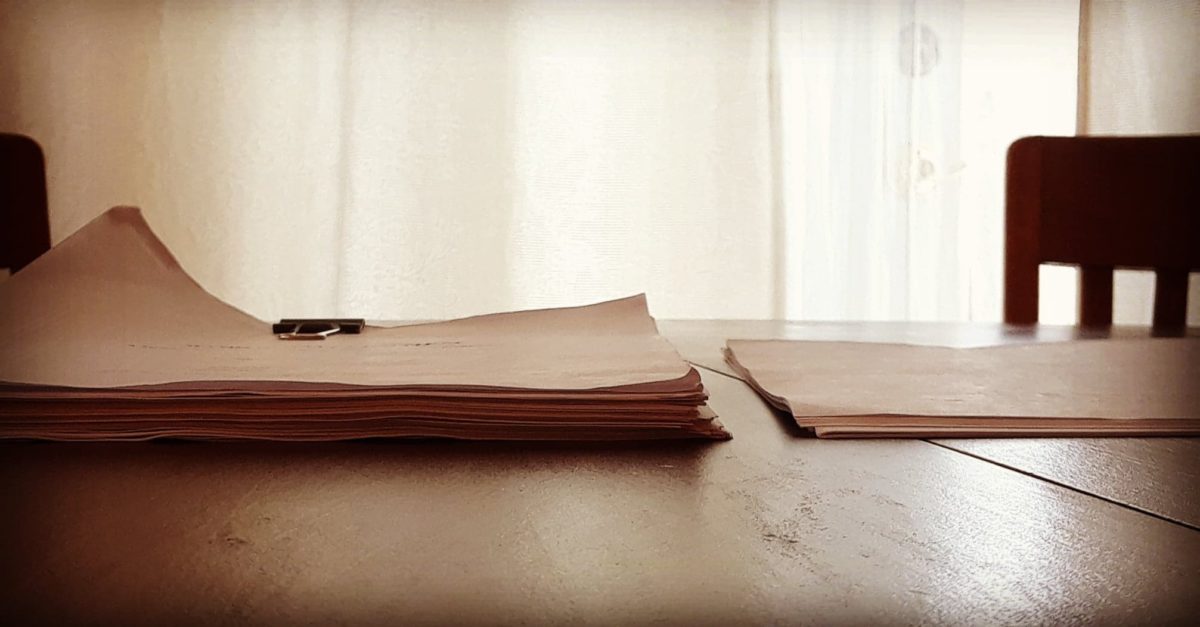For weeks last year I watched ten lonely plums ripening on my tree, checked their progress almost daily. And then one morning they were gone—which was really too bad, as I was pandemically unemployed and had plenty of time for preserving.
This year, though! I processed about thirty pounds, gave away at least that many, and still quite a few went to the squirrels and birds, and, probably, but I’d rather not think about it… the rats. *shudder*
I planted the tree in 2000, and thanks to skillful pruning by my pal Steve—affectionately known by my son as The Tree Killer, a moniker always spoken in a quiet, menacing tone—it’s a lovely shape now, and the view from the sidewalk under its limbs is one of my favorites.

This year a favorite former student and her boyfriend came over to help with the canning, and it was a long, glorious day, laughing and telling stories. (People! Breathing inside my house! For a month or so there, after vaccination, I felt almost normal again.)
Years and years ago, my friend Linda taught me about canning, when we were mothers of young children. That was another long, hot day in my kitchen. She had brought grapes from her arbor for jelly, and I had apples from the trees for sauce and apple butter. Neither of us were working outside the home then, and the thought of finding a job so I could fork over my money for childcare was overwhelming. Why would I want someone else to raise my children? This was in the mid-90s, and housing was, well, less unaffordable. It hadn’t yet fully dawned on me that two incomes were required to own a home, that the economy had shifted.
There was a moment at the stove that I will never forget, as I was pouring hot grape goo into the strainer contraption. In a whoosh, I realized how happy I was. I turned to Linda and whispered, “This is so much more satisfying than sitting in a cubicle all day.”
She whispered back, “I know!”
I’ve wondered at this for the last twenty-five years, the question of value and time, the economics of gardening and preserving. I bought the plum tree, “Beauty,” from Raintree Nursery for $19.95. Several years later, I was astonished when I saw that the price for that same tree was shockingly high, something like $200. (Perhaps a smidge less, but it was wildly more than $20.) I mentioned this to my favorite little boys a few weeks ago. During that sweet week of plum perfection, they would swing by in the evening after playing tennis to “steal” some fruit. “We are eating $200!”
We giggled over that, sure. But the value of the fruit and the work of preserving its goodness feels utterly separate from money. The exchange of cash for product feels a ridiculous, reductive way to frame the entire enterprise. Picking, slicing, simmering—this work is an act of hope in an uncertain world. And if Sue Stuart-Smith is correct, in her lovely book The Well-Gardened Mind, the work has more subtle value, knitting together the world, scripting a narrative in the very architecture of our minds, of usefulness and joy.
And we all know you cannot put a price on Beauty.

